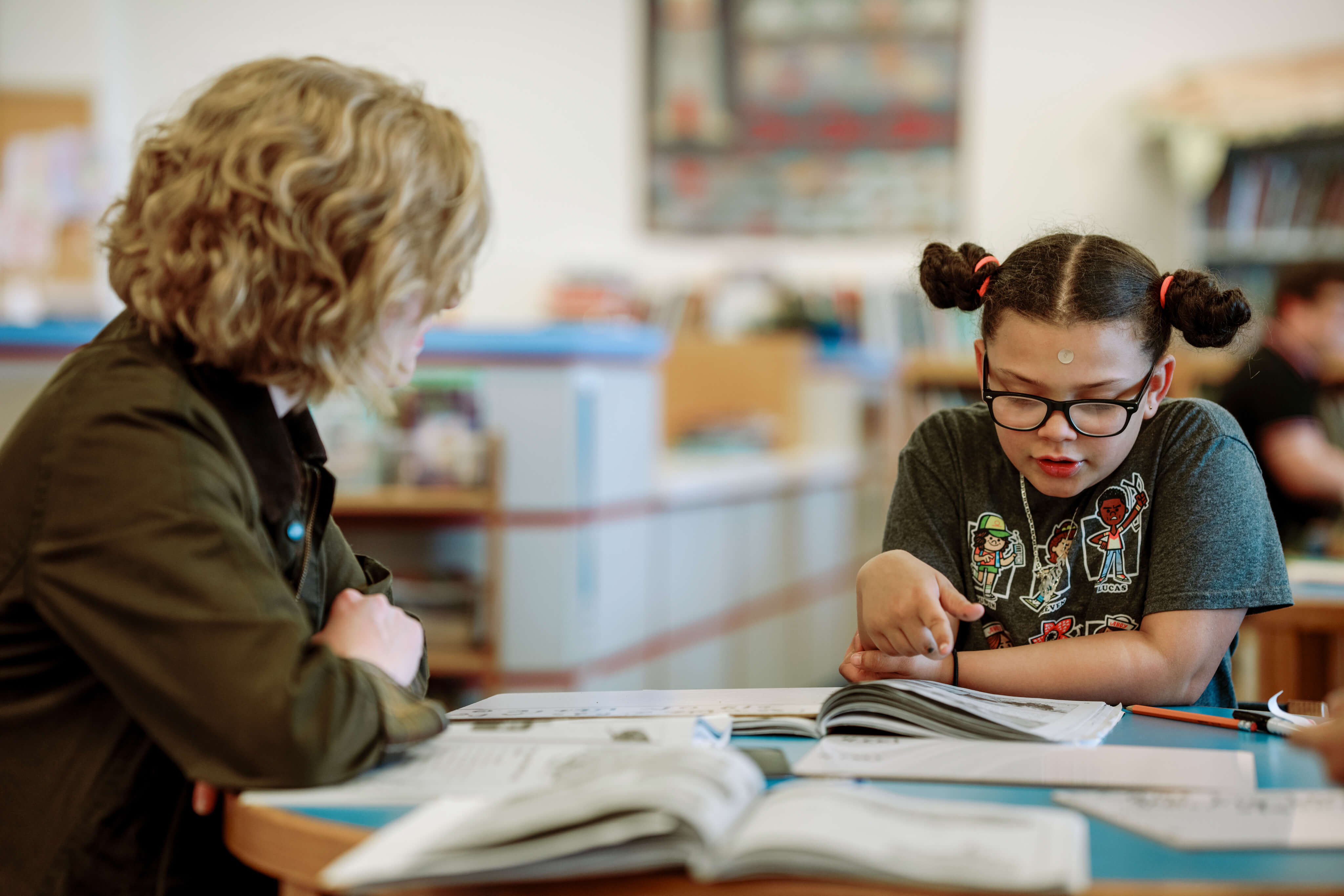
Ring in 2018! Hard to believe, but we are beginning yet another new year. And while there may be some question about the real astronomical significance of New Year’s Day, the New Year certainly can signal an opportunity for us to resolve to explore and grow as professionals in areas that have the greatest potential impact on those we serve.
I am proud to work at a company committed to delivering the very best professional development designed to improve conditions for students by strengthening the capacity of the school leaders and teachers who support them. Catapult’s professional development team reaches more than 25,000 educators around the globe annually. We also take responsibility for continually growing and developing internally as an organization. There’s no time like the new year to take stock of where we are—and where we need to grow. To that end, instructional leaders from across Catapult will converge in Long Beach, California, on January 8 and 9 for our Annual Professional Learning (APL) Conference. This year’s theme, The Instructional Leader in You: New Year, New Ideas, capitalizes on this opportunity to explore a few key areas of interest driven by some of the trends we find in education today.
So what areas are we exploring? First and foremost, we will make a large investment in the quality of coaching. We don’t simply want to impart information – we want to promote transformation. Knowledge applied is power, and we feel we can best facilitate the application of knowledge through thoughtful, trust-based coaching relationships. Ask yourself: who is assisting you in your own personal journey towards excellence? Is there a trusted colleague or an instructional leader in your professional universe who you count on to help you grow? In The Art of Coaching, Elena Aguilar describes some of the many benefits of being “coached”: creating conditions for deep reflection and learning, where teachers feel safe to take risks in an effort to improve practice, where transformational conversations occur, and where growth can be recognized and celebrated. We owe it to ourselves to enter into professional relationships that nourish us. Find that trusted person in your universe and grow forth.
We’re also exploring several high-need areas with regard to meeting students’ unique learning profiles. This includes meeting the needs of students with reading disabilities and English learners, both factors that significantly impact student success in the school setting. While one challenge seems to have been with us through the ages, the other is more recent and rapidly expanding. Both warrant another look in our quest to grow during 2018.
The National Institutes of Health estimates that 10% of people have difficulty reading, including many with average or above average intelligence. In schools, performance levels are even more startling. The National Center for Education Statistics reports that somewhere between 24% and 31% of fourth-, eighth-, and twelfth-grade students evaluated on the 2015 National Assessment of Education Progress (NAEP) were “below Basic” on the reading test. Researchers continually strive to better understand promising practices in teaching children, adolescents, and adults the complex process of learning to read. Schools continue to refine Response to Intervention (RtI) systems and processes, delivering the right dose of intensive instruction to move students towards proficiency. Advances in brain imaging technology offer new insights into the brain-based differences between good readers and those who may struggle. Developing a better understanding of this research can make better reading teachers out of all of us.
Finally, we’re exploring promising practices to serve the needs of English learners (ELs). ELs make up a steadily growing portion of the student population, reaching 9.4%, or 4.6 million students, in the 2014−15 census according to the National Center for Education Statistics. And for most of us, who work primarily in urban areas, that figure is more likely in the 14% range. If you are an educator today, it is likely that you are being called upon to serve the needs of English learners. National Academies Press just recently released Promoting the Educational Success of Children and Youth Learning English: Promising Futures (2017). They list the following practices for supporting ELs’ learning of English and content knowledge:
- Provide explicit instruction in the components of literacy
- Develop academic language during content area instruction
- Provide visual and verbal supports to make core content comprehensible
- Encourage peer-assisted learning opportunities
- Capitalize on students’ home language, knowledge, cultural assets
- Screen for language and literacy proficiency and monitor progress
- Provide small group, intensive support for those children who need it
You can read further on these strategies in an excerpt of the book here.
Hopefully you find these new ideas for a new year as compelling as we do! It is our hope that any new learning we experience when we convene in Long Beach will make its way into classrooms across our system. In the meantime, please keep coming back to our blog for new ideas and inspiration, and keep on growing!



